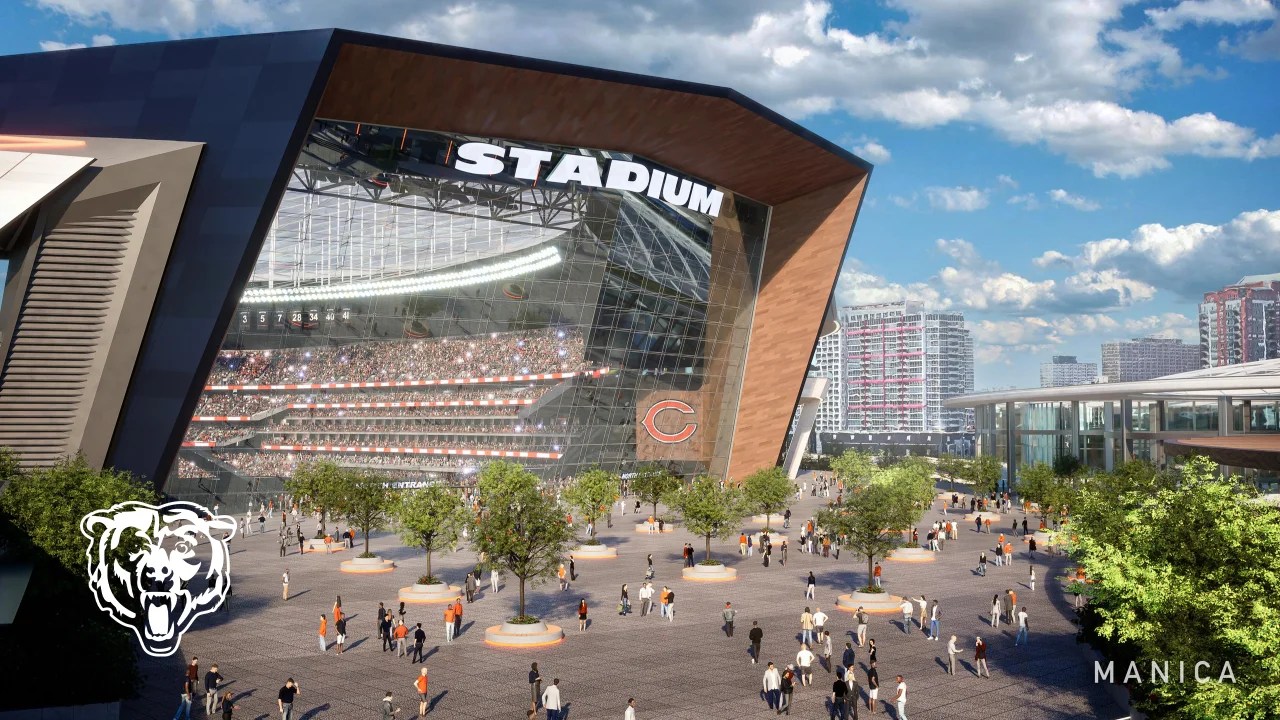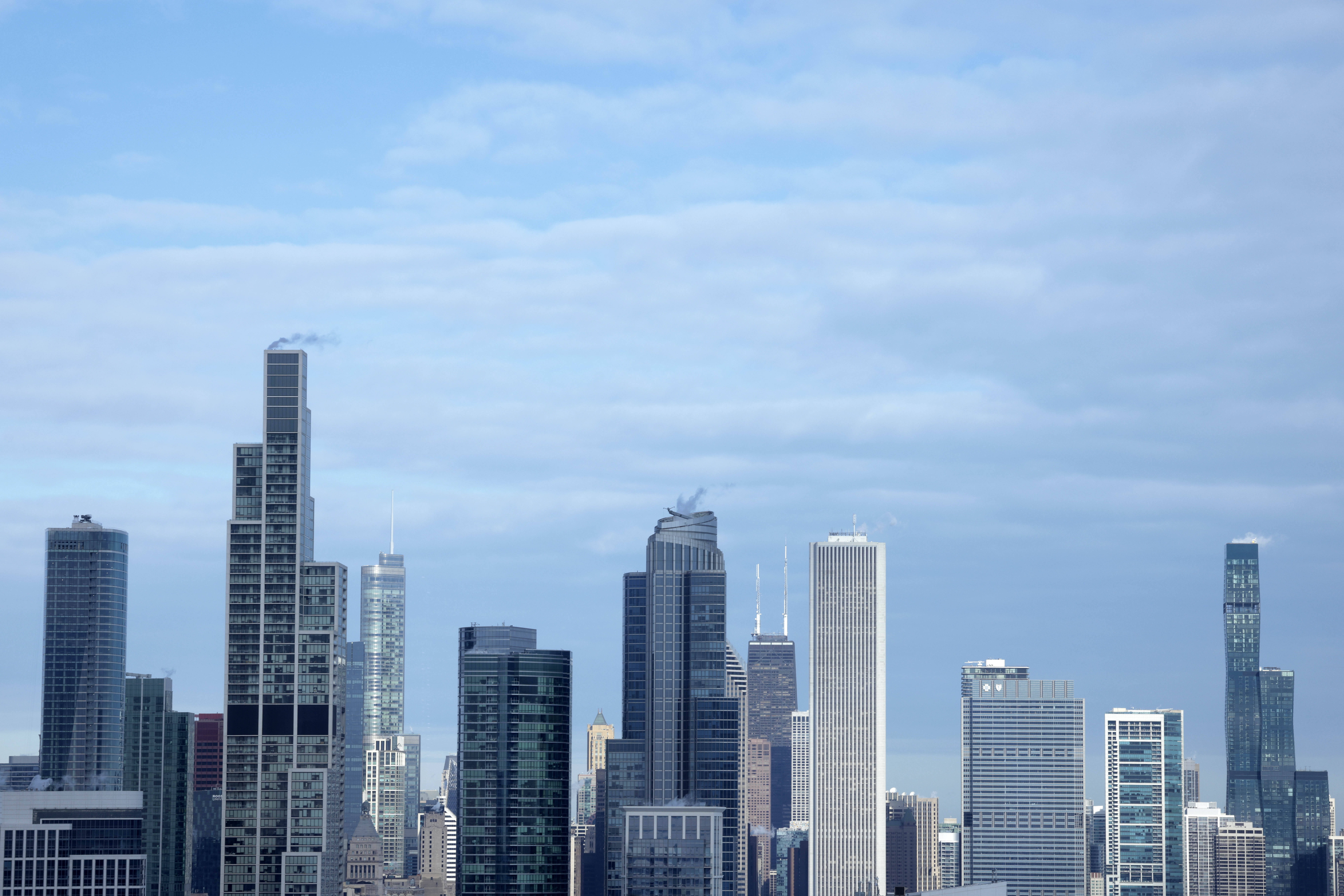A series of frigid nights have emphatically delivered the message that fall is in the air for the Chicago area, but residents still haven’t quite experienced the first dreaded freeze of the season.
A freeze is the bane of farmers and gardeners, as frigid temperatures can badly damage or even kill outdoor plants that are inadequately protected.
What exactly constitutes a freeze?
According to the National Weather Service, a freeze generally occurs when the temperature drops to 32 degrees or below, while frost can occur when temperatures drop below 36 degrees.
Feeling out of the loop? We'll catch you up on the Chicago news you need to know. Sign up for the weekly Chicago Catch-Up newsletter here.
A hard-freeze can occur when the temperature drops below 28 degrees.
While frost is possible in the western suburbs on Thursday night, it is not expected that Illinois will see its first freeze. In fact, only one reporting station in the area, a station in Porter County, has recorded their first freeze of the year.
Most of Wisconsin has already seen their first freeze within the last week, with the exception of areas around Milwaukee and Madison and along Lake Michigan.
Local
As for when Illinois and the Chicago area could potentially see their first freezes, it may still be a while. According to NWS, the average first freeze for most of northern and central Illinois falls between Oct. 11 and Oct. 20, meaning that we are still several weeks away from that timeline.
The city itself generally sees a later freeze, both because of its proximity to the warmer waters of Lake Michigan and because of the heat trapped by the city. According to NWS, the first freeze in Chicago and the immediate suburbs generally occurs between Oct. 27 and Nov. 5.
Last year, Chicago’s first freeze fell during that timeframe, being recorded by NWS on Nov. 2.
The latest first freeze on record occurred all the way back in 1931, when the city didn’t see temperatures fall below freezing until Nov. 24.



